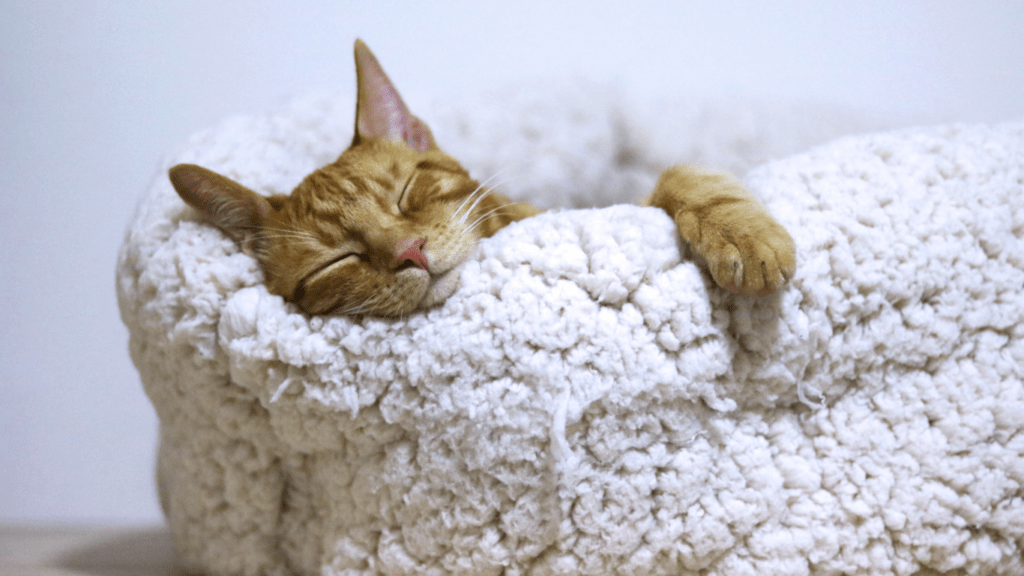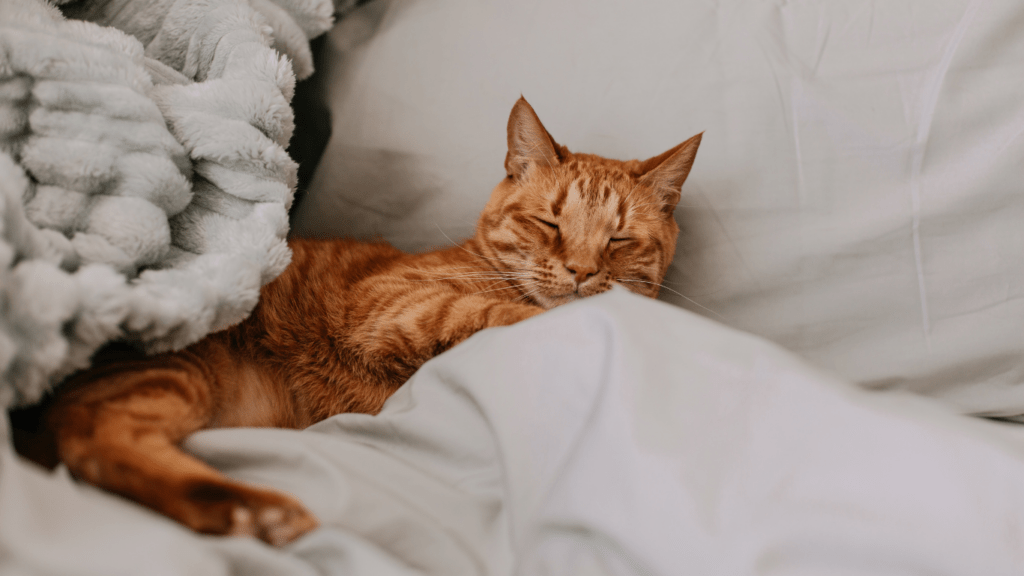Have you ever wondered how the environment influences your furry friend’s behavior? As a pet owner, I’ve discovered the significant impact that surroundings can have on our pets’ well-being. In this article, we’ll delve into “The Role of Environment in Shaping Pet Behavior: Creating a Calm Space” to help you understand how to create a peaceful sanctuary for your beloved companions.
From soothing colors to comfortable bedding, every detail in your pet’s environment plays a crucial role in their emotional state. I’ll share practical tips and insights on how you can design a tranquil space that promotes relaxation and reduces stress for your pets.
By making simple changes to their surroundings, you can positively influence their behavior and overall happiness.
Join me as we explore the fascinating connection between environment and pet behavior, and learn how you can provide a serene atmosphere that nurtures your pet’s well-being.
Understanding the Impact of Environment on Pet Behavior
Exploring how the surroundings affect pet behavior is crucial in creating a calming space for our furry companions. Pets, like humans, respond to their environment, and as pet owners, I can significantly influence their behavior by shaping the space around them.
I often underestimate the power of a well-designed environment in fostering a peaceful atmosphere for pets.
Pets are highly sensitive to their surroundings. Their behavior is directly influenced by the environment they inhabit.
Factors such as lighting, sound levels, and spatial organization play a vital role in shaping their behavior patterns. When I understand these influences, I can make informed decisions when creating a calming space for pets.
Creating a serene environment involves thoughtful consideration of various elements within the space. From choosing soothing colors to providing comfortable bedding, each detail contributes to the overall atmosphere.
By strategically placing essential items such as food and water bowls, litter boxes, and cozy resting areas, I can establish a harmonious setting that promotes relaxation for pets.
By recognizing the impact of the surroundings on pet behavior, I can take proactive steps to design a tranquil space that enhances my pets’ well-being. I aim to cultivate a peaceful sanctuary where they feel safe, comfortable, and content, ultimately fostering positive behavior and happiness in my beloved companions.
Factors Influencing Pet Behavior in the Home Environment
Physical Environment
In the physical environment of our homes, elements like lighting, temperature, and spatial layout play a crucial role in shaping our pets’ behavior. Bright natural light can create a sense of vitality and promote activity in pets, while dimmer lighting can help induce relaxation.
Maintaining a comfortable temperature ensures that our pets feel cozy and content, reducing stress and anxiety that may lead to behavioral issues.
Social Environment
Just as important as the physical surroundings, the social environment of our homes greatly impacts our pets’ behavior. Regular interaction, playtime, and bonding with family members can strengthen the emotional connection between pets and humans, leading to a sense of security and trust.
On the other hand, lack of social engagement or conflicts within the household can cause stress and behavioral problems in pets. Creating a harmonious social environment with positive interactions fosters a sense of well-being and happiness in our furry companions.
Creating a Calm Space for Your Pet
When establishing a peaceful environment for your pet, it’s essential to pay attention to various aspects that can contribute to their overall well-being and behavior. Here are some key strategies to create a calm space for your furry friend.
Designated Resting Area
Ensure your pet has a comfortable and quiet resting area, away from high-traffic and noisy spots, to provide a sense of security and relaxation.
Adequate Lighting
Position your pet’s resting area near a window to allow natural light to filter in, positively impacting their mood and behavior.
Temperature Control
Maintain a comfortable temperature in your pet’s living space, avoiding extreme heat or cold. Use a fan, heater, or air conditioning as needed to regulate the temperature.
Calming Sounds
Play soft, calming music or nature sounds to create a tranquil environment, helping to reduce anxiety and stress levels in your pet.
Interactive Toys
Provide interactive toys to stimulate your pet’s mind and engage them in play, which can alleviate boredom and excess energy, promoting relaxation and contentment.
By incorporating these strategies into your pet’s living environment, you can create a serene and peaceful space that promotes their well-being and helps them feel safe and secure. Remember, a calm environment plays a significant role in shaping your pet’s behavior and overall happiness.
Implementing Behavioral Changes in the Environment
Incorporating intentional modifications in your pet’s environment can significantly impact their behavior and well-being. By considering various factors and implementing targeted changes, you can create a space that promotes calmness and contentment for your furry companion.
Here are some actionable strategies to help you shape your pet’s behavior positively through environmental adjustments:
- Establishing a Designated Resting Area: Creating a specific spot for your pet to rest and unwind can provide them with a sense of security and comfort. Whether it’s a cozy bed, a soft blanket, or a special corner they can call their own, a designated resting area can serve as a safe retreat for your pet to relax in peace.
- Ensuring Adequate Lighting: Proper lighting plays a crucial role in maintaining a soothing environment for your pet. Natural light during the day and soft, dim lighting in the evening can help regulate your pet’s internal clock and contribute to their overall well-being. Consider positioning their resting area near a window to allow access to natural sunlight.
- Regulating Temperature: Maintaining a comfortable temperature in your home is essential for keeping your pet calm and relaxed. Ensure that the environment is neither too hot nor too cold, and make adjustments as needed to create a cozy atmosphere that promotes relaxation. Monitoring the temperature can help prevent any unnecessary stress for your pet.
- Playing Calming Sounds: Introducing calming sounds, such as soft music, nature sounds, or white noise, can help create a tranquil atmosphere for your pet. Background noises can mask disruptive sounds from outside and provide a soothing ambiance that encourages relaxation. Experiment with different sounds to determine what works best for your pet.
- Providing Interactive Toys: Interactive toys can engage your pet’s mind and alleviate boredom, reducing the likelihood of negative behaviors due to pent-up energy. Offering a variety of toys that stimulate your pet both mentally and physically can help channel their energy in a positive way. Rotate toys regularly to keep them interested and mentally stimulated.
By implementing these behavioral changes in your pet’s environment, you can create a harmonious space that supports their well-being and fosters positive behaviors. Consistency and observation are key in understanding your pet’s preferences and adapting the environment to meet their needs for a calm and enriching living space.


 As a dedicated helper in building Animal Potty Care, Bella MacCarthy brings her expertise in pet training and behavior management to the platform. Her hands-on experience with a variety of pets has equipped her with the skills to develop effective resources and solutions for pet owners. Bella plays a key role in curating content that helps pet owners navigate the challenges of potty training and behavioral issues, ensuring that the platform remains a valuable tool for improving the lives of pets and their owners.
As a dedicated helper in building Animal Potty Care, Bella MacCarthy brings her expertise in pet training and behavior management to the platform. Her hands-on experience with a variety of pets has equipped her with the skills to develop effective resources and solutions for pet owners. Bella plays a key role in curating content that helps pet owners navigate the challenges of potty training and behavioral issues, ensuring that the platform remains a valuable tool for improving the lives of pets and their owners.